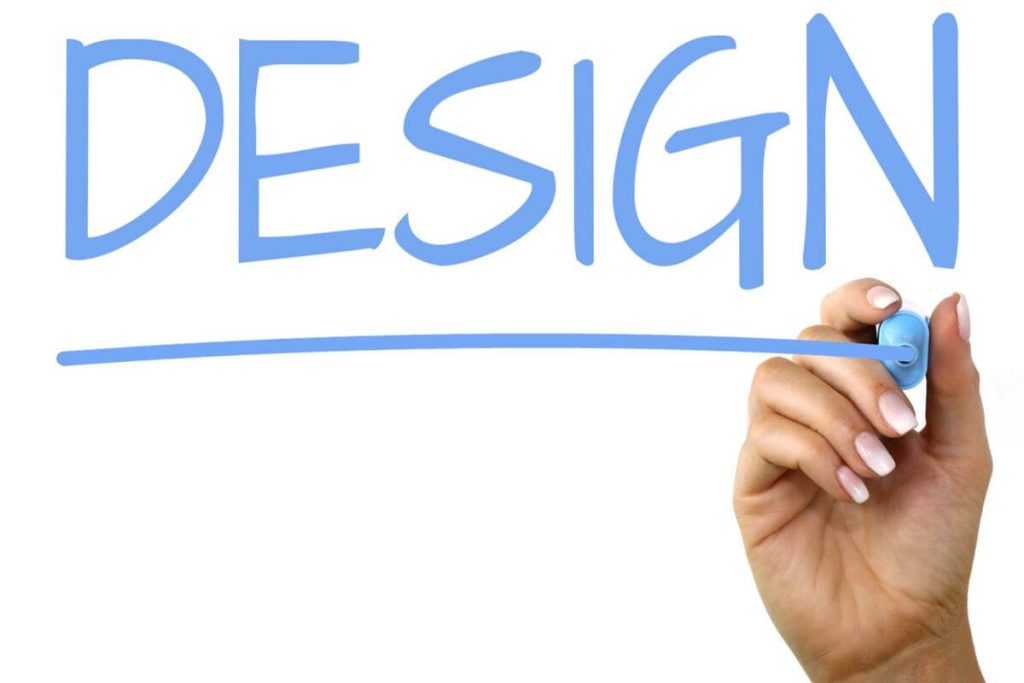Multilingual websites are now the norm for global firms, but design is a key factor in the success of any multi-language website and in creating a positive user experience.
It isn’t enough to simply offer multiple languages for customers around the globe – you’ll need to consider:
• Font styles and compatibility
• Language choices
• Localized images
• Colours
• Consistency
• Text expansion/contraction
• Formatting for dates/address/time
• Region/language/dialect
A professional Language Services Provider will be able to advise you on all of the above factors and ensure you incorporate the best design elements for your multilingual site.
However, to give you a head-start, we’ve listed our top 3 tips below, explaining in more detail how these design elements will affect your site and how you can create the best UX.
1. Consistent Branding
When a potential customer lands on your multilingual site, they need to recognize your brand instantly, no matter where they’re located or which language they are using.
If an English-speaking customer, who happens to live in Dubai, lands on the Arabic-language site, they should recognize they’ve landed on the right site and be able to quickly locate the English-language version.
And the way to ensure every customer instantly recognizes your site is through consistent branding.
Layout, brand concepts, web design elements and so on, should look the same across all language versions of your site whether it is accessed in Arabic and reads from right-to-left or English and reads from left-to-right.
There should be a seamless switch between languages which is created using a global template that can then applied to every language version of your site.
Customers landing on an incorrect language version of your site will find familiar branding and layout so they can then navigate the site in the same way as they would in their native language.
Global templates not only improve UX but also make updates easier.
Your brand concepts and design elements are carried over for every language version and every update.
2. Language and Region
Linking each language version of your website to a particular region or country might sound like a good idea in theory but in reality, allowing customers to choose their preferred language instead makes it much easier for them to access the site in their native language.
For instance, automatically setting the region for customers means they have to change the region instead of just changing the language.
So, our English-speaking customer in Dubai has to select the co.uk version instead of using the .ae site and simply selecting the English language version.
This can complicate matters for customers when they want to make a purchase in local currencies or access delivery information.
Giving customers the choice of languages and regions makes for the best UX.
However, it is worth making sure the language selection drop-down button is easy to locate, offers each language choice in its native language (use Española, not Spanish), and ensure that each region isn’t tied to a particular language as dialects and languages can vary in each region.
As a side note, using flags to denote language selection can be a bit of a minefield as some countries share a flag but have two or even three official languages.
3. Left-to-Right and Right-to-Left Languages
When translating a webpage to accommodate a RTL or LTR language formats there are massive design factors to consider.
Flipping a webpage from LTR or RTL is not straightforward and when you add in text expansion or contraction, you can end up with some very strange looking webpages that don’t display or behave as they should.
Languages such as Arabic or Chinese can also be problematic due to using different alphabets and characters, while ‘wordy’ languages such as English take up lots of room on the page in comparison to some other languages.
Design for multilingual websites is complex, especially when shifting from LTR or RTL – if you have limited experience, it is worth enlisting the services of a professional Language Services Provider who can make sure everything goes smoothly and ensures that future updates can be completed with minimal fuss.
Finally, when designing for multilingual websites, it isn’t just language which requires adaption.
Culture will also play a large role in how your intended audience will view your website so consider aspects such as:
• Images
• Colour
• People
• Places
• Gender
• Religion
• Societal structure
• Familial structure
Partnering with the right Language Services Provider will ensure the design of your multilingual website is compelling, inviting and engaging for every visitor, no matter which language they speak or where they live.
Contact a member of the Creative Word team now to speak to our designers and find out how they can help you achieve your goal.












